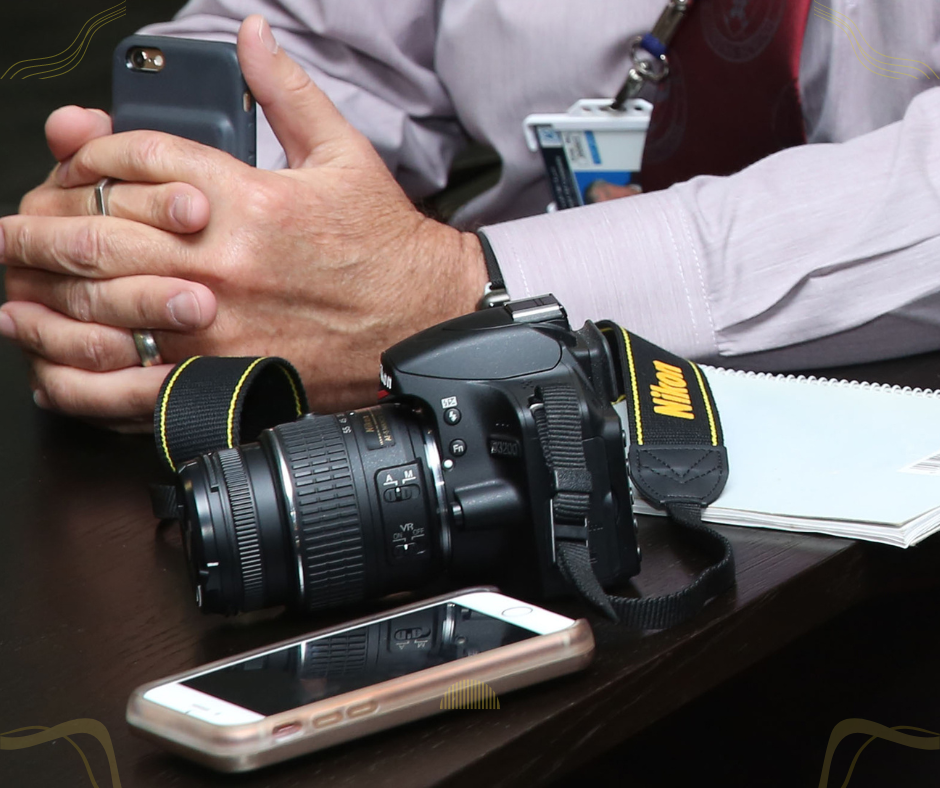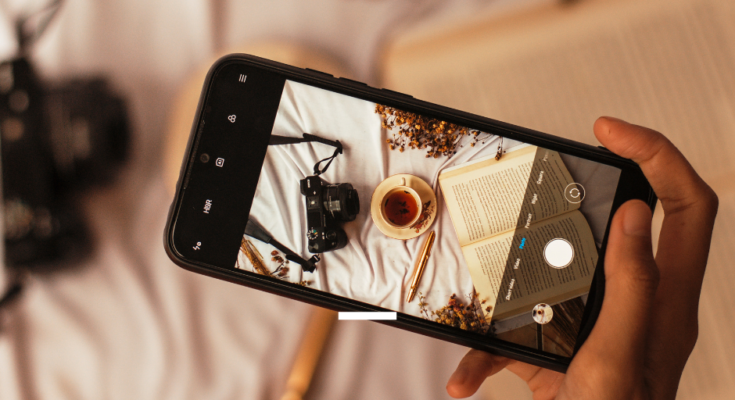Smartphone Integration in Digital Cameras
In today’s rapidly evolving technological landscape, the fusion of smartphones and digital cameras represents a significant leap forward in photography. This integration seamlessly combines the convenience and connectivity of smartphones with the advanced features and superior image quality of digital cameras. The result? A powerful tool that empowers photographers of all levels to capture, create, and share stunning visual stories like never before.
Table of contents
Gone are the days when digital cameras operated in isolation, disconnected from the digital ecosystem that smartphones have seamlessly woven into our daily lives. The convergence of these two devices has opened up a world of possibilities, revolutionizing the way we approach photography.
One of the most prominent features of smartphone integration in digital cameras is the ability to instantly share images and videos across various social media platforms. With built-in Wi-Fi and Bluetooth connectivity, photographers can transfer files directly to their smartphones for quick editing and sharing. Whether you’re capturing breathtaking landscapes, candid moments, or artistic portraits, sharing your creations with friends, family, and followers is now easier than ever.
Furthermore, smartphone integration enhances the functionality of digital cameras through companion apps. These apps provide additional controls, creative tools, and even remote shooting capabilities, turning your smartphone into a powerful remote control for your camera. Imagine setting up your camera for a group photo, adjusting settings, and triggering the shutter—all from the palm of your hand, without the need for timers or remote triggers.

Moreover, the integration of smartphones with digital cameras extends beyond sharing and control—it also enhances the creative process. Many camera manufacturers offer companion apps that enable seamless editing and post-processing directly on your smartphone. From basic adjustments like cropping and color correction to advanced editing techniques such as selective adjustments and filters, these apps empower photographers to unleash their creativity anytime, anywhere.
Additionally, smartphone integration in digital cameras facilitates seamless backup and storage solutions. With cloud connectivity built into many camera systems, photographers can automatically sync their captured images and videos to the cloud, ensuring that their precious memories are safely backed up and accessible from any device. This not only provides peace of mind but also streamlines the workflow by eliminating the need for manual file transfers and storage management.
Furthermore, smartphone :
integration has spurred innovation in the development of new camera accessories and peripherals. From clip-on lenses and external flashes to advanced gimbals and stabilizers, the market is teeming with accessories designed to enhance the capabilities of smartphone-connected cameras. These accessories offer versatility and expand the creative potential of photographers, allowing them to capture professional-quality images and videos with ease.
However, while smartphone integration in digital cameras offers numerous benefits, it also poses some challenges. One significant concern is the potential compromise of privacy and security, particularly with regards to wireless connectivity and cloud storage. Manufacturers must prioritize robust security measures to safeguard users’ data and ensure their privacy remains protected.
Moreover, as technology continues to evolve, ensuring compatibility and seamless integration across different devices and platforms becomes increasingly important. Standardization and interoperability protocols can help mitigate compatibility issues and ensure a smooth user experience across a wide range of devices and operating systems.
In conclusion,
the integration of smartphones with digital cameras represents a paradigm shift in photography, blurring the lines between traditional cameras and mobile devices. By harnessing the power of connectivity, convenience, and creativity, smartphone-integrated cameras empower photographers to push the boundaries of their artistry and share their vision with the world like never before. As technology continues to advance, the future of photography is undoubtedly intertwined with the seamless integration of smartphones and digital cameras.

Understanding 360-Degree Cameras:
At its core, a 360-degree camera is designed to capture a full-circle view of the surrounding environment. Unlike traditional cameras that have a fixed field of view, 360-degree cameras utilize multiple lenses or a single wide-angle lens along with advanced stitching algorithms to seamlessly combine multiple images into one panoramic image or video. This results in an immersive experience where viewers can explore the scene from any angle, as if they were physically present at the location where the footage was captured.
How Do They Work?
Most 360-degree cameras consist of two or more lenses strategically placed to cover a wide field of view. These lenses capture images or videos simultaneously, capturing everything around them. The captured footage is then stitched together either in-camera or through dedicated software, creating a seamless panoramic view.
Some 360-degree cameras also feature advanced stabilization technology to ensure smooth footage even in dynamic environments. Additionally, many models offer features such as live streaming capabilities, spatial audio recording, and compatibility with virtual reality (VR) headsets for an even more immersive experience.
Applications and Use Cases:
Virtual Tours and Real Estate: Real estate agents use 360-degree cameras to create immersive virtual tours of properties, allowing potential buyers to explore every room and corner remotely.
Travel and Tourism: Travel enthusiasts use 360-degree cameras to capture stunning landscapes and share their adventures with others, offering a more immersive travel experience.
Events and Concerts: Event organizers use 360-degree cameras to livestream concerts, sports events, and conferences, giving viewers the sensation of being right in the midst of the action.
Education and Training: Educators utilize 360-degree cameras create interactive educational content, offering students a more engaging and immersive learning experience.
Journalism and Documentary Filmmaking: Journalists and filmmakers use 360-degree cameras to capture immersive footage of news events, documentaries, and immersive storytelling projects.

The Future of 360-Degree Cameras:
As technology continues to evolve, the future of 360-degree cameras looks promising. Advancements in image sensors, lens technology, and software algorithms will likely lead to even smaller,
In conclusion:
360-degree cameras have revolutionized the way we capture and experience the world around us. With their ability to create immersive and interactive content, these devices have found applications across various industries and are poised to play a significant role in shaping the future of photography and videography.
